Art is a unique human experience that enables us to express our inner thoughts and emotions.
From ancient cave drawings, to modern installations of abstract art, artists have strived to create works of beauty.
Art, a manifestation of human creativity and imagination, is often as complex as the human psyche itself.
It's a universe of colors, shapes, and ideas that can leave us mesmerized, perplexed, or even repulsed.
It's a playground for art critics who dissect these creations, providing us with nuanced perspectives and deeper understanding.
Despite the creative freedom which art provides, it’s impossible for your work as a creator not to come under scrutiny by critics or other onlookers; as an artist, criticism is a part of your creative journey.
Regardless of skill level or experience, engaging with the feedback of others can be both daunting and rewarding all at once.
While it may seem daunting to hear someone's thoughts about your art, criticism can actually be a powerful tool to help you grow as an artist.
But art criticism goes beyond what meets the eye; it shifts our perspectives of beauty, encourages socially conscious works of art, and plays an important role in helping shape the ever-changing tapestry that is creativity.
Whether you are just starting out in your journey as an artist or a seasoned veteran of many creative endeavors, art criticism has been and will continue to be an important factor in turning raw inspiration into the fabric of culture.
The ability to both accept and give constructive criticism is integral to developing ideas and designs along with expanding the limits of artistic expression.
However, navigating through art critiques can often prove daunting for creators – how do we make sure our reactions remain positive while still inspiring us towards greater growth?
This blog post seeks to explore the ins-and-outs art critiques so that all artists may learn how criticism shapes their creativity above any outside agenda.
Understanding how to navigate critiques and utilize them as tools for creating meaningful work is essential no matter where you are on your artistic path; criticism can be an essential element in advancing your skills and discovering new ways of creating - if you understand how to utilize it correctly.
Let's embark on this journey of understanding and embracing art criticism.



Why Critique Art? A Brush Stroke of Insight
Art isn't just about pretty pictures; it's a reflection of society, culture, and human emotion.
A painting isn't merely a painting—it's a conversation, a debate, a soliloquy!
And it's in this dialogue where art criticism plays a crucial role.
Criticism helps us understand art, its context, and its influences.
Firstly, it's important to understand that criticism doesn't necessarily mean negative feedback.
In fact, constructive criticism can be incredibly valuable as it highlights areas for improvement and can help you develop a stronger sense of self-awareness.
Whether it's comments from peers, art teachers, or even critiques from online communities, every piece of feedback should be viewed as an opportunity to learn and grow.
Criticism is like having an art historian, a philosopher, and a detective rolled into one, scrutinizing every detail of a masterpiece.
It's through this lens of criticism that we can appreciate the depth of Van Gogh's tumultuous emotions in "Starry Night," or the socio-political commentary in Banksy's graffiti.
Criticism also helps us to question, challenge, and even reject societal norms or accepted notions of beauty.
It's a powerful tool that encourages artists to push the boundaries and explore new ideas.
Moreover, art critiques provide valuable feedback for artists, helping them to refine their techniques and designs.
This highlights one of the most crucial reasons why criticism is essential – it provides a fresh set of eyes and perspectives on our work, helping us to see things we may have missed or overlooked.
As humans, we are often biased towards our own creations, and criticism gives us the opportunity to view them with more objectivity.
In essence, art critiques allow artists to gain unique insights into their own work, everyday life, and the world around them.
Human beings are social creatures, and art allows us to connect with others through its universal language.
Similarly, criticism bridges the gap between the artist and the audience by providing a platform for discussions on issues that affect us all.
Art critiques can help spark important conversations about politics, society, culture, aesthetic theory, and other pressing topics.
It is important to take criticism with a grain of salt.
While constructive criticism can be incredibly helpful, there may be times when you disagree with someone's feedback or find their opinion unhelpful.
In those situations, be respectful and open-minded to their perspective but remember that ultimately, it's up to you to decide what works best for your art.


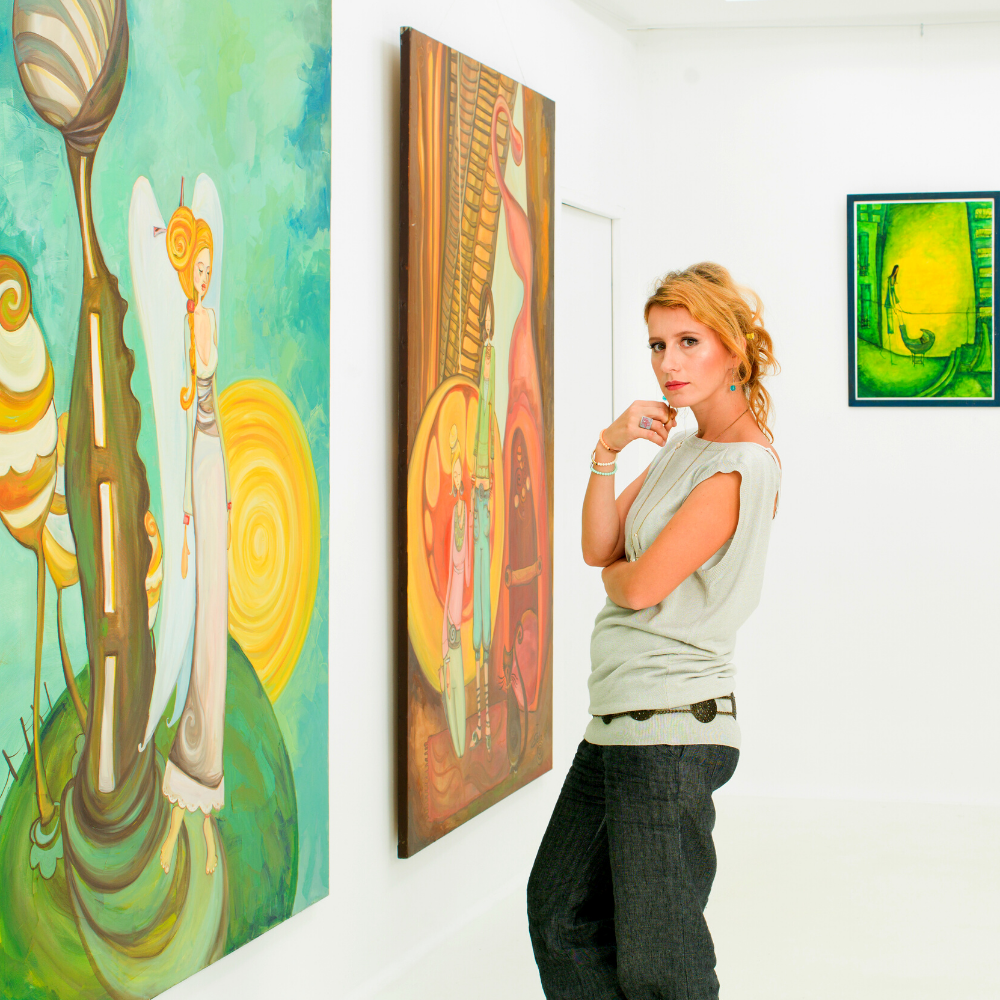
Role of Criticism in Shaping Culture and Society
Art criticism is not just limited to the art itself; it also has a significant impact on society and culture.
Critics and art historians have the power to shape public opinion and influence trends in the art world.
They can bring attention to lesser-known artists, shed light on important social issues, and provide commentary on current events through the lens of creativity.
Within the realm of visual art and art writing, criticism can also serve as a means of preserving and documenting our cultural heritage.
The insightful observations, interpretations, and debates that arise from art critiques provide valuable insights into the beliefs, values, and struggles of different cultures throughout history.
In this way, art criticism becomes an important tool for understanding our past and shaping our future.
Moreover, criticism can also serve as a platform for cultural and societal progress.
Critics have been instrumental in bringing attention to underrepresented voices in the art world, supporting artists from marginalized communities, and promoting diversity and inclusivity.
Through their critiques, art critics can inspire change and promote social awareness, making art more than just a pretty picture but a force for positive impact in the world.
An art critic understands that art is not just about aesthetics but also about the bigger picture.
They see beyond the canvas and recognize the power of art to ignite conversations and drive change.
Art history has shown us that art and criticism go hand in hand, shaping each other and the world around them.
From the Renaissance to modern contemporary art, art critics have played a pivotal role in shaping our perceptions of beauty, sparking creativity, and influencing societal values.
In today's interconnected world, where access to information is readily available, art criticism continues to evolve and challenge traditional notions of art.
It inspires new ideas, encourages critical thinking, and promotes the growth of creativity as a whole.
Critiquing artwork is not limited to the visual arts but also extends to other forms of creative expression such as music, literature, and film.
It's an ever-evolving process that helps us understand ourselves, the artistic object in question, and our world in a deeper and more meaningful way.
When we criticize art and evaluate art, we are not just shaping the tapestry of creativity, but we are also influencing our culture and society.

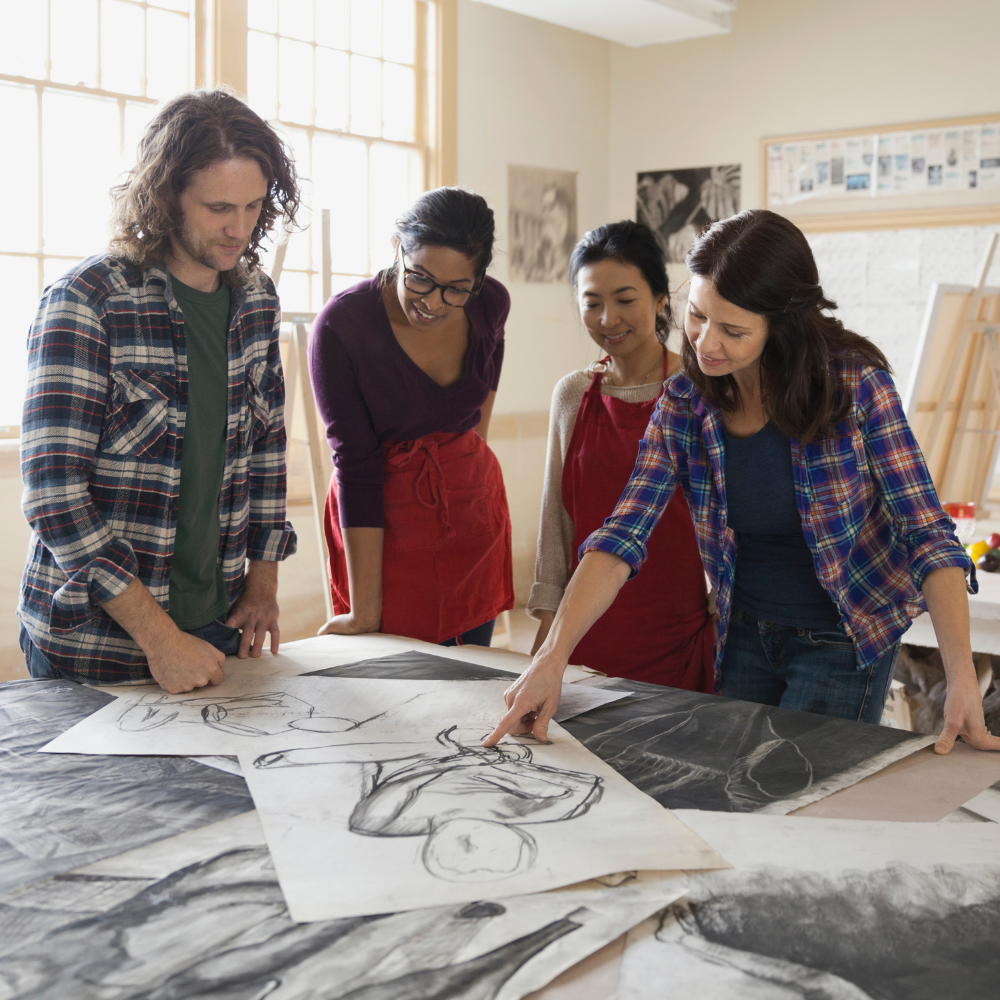

Constructive vs. Harmful Criticism
Criticism, like the colors on an artist's palette, varies in shades and tones.
On one end of the spectrum lies constructive criticism, a valuable tool for refining your craft.
It focuses on the artwork, offering specific insights and actionable feedback.
For instance, "The composition of your painting is engaging, but increasing the contrast could add more depth."
On the other end, we have negative criticism, which often feels like an attack rather than feedback.
It's vague, overly harsh, or personal, such as "Your painting lacks appeal."
Understanding this difference is crucial to effectively gauge and respond to the criticism you receive.
Art criticism is a double-edged sword.
While constructive criticism can be an artist's best friend, guiding them towards refinement and creative growth, harmful criticism can be a creativity killer.
It's like comparing a gentle pruning to an unwarranted decapitation of an innocent bush!
Constructive criticism focuses on the work and provides actionable feedback.
It's like saying, "Perhaps adding more contrast could enhance the depth in your painting."
On the other hand, harmful criticism is often personal, vague, or overly harsh, like saying, "Your painting is as appealing as a moldy loaf of bread."
As an artist, it's essential to understand the difference and not let negative criticism discourage you from pursuing your creative endeavors.
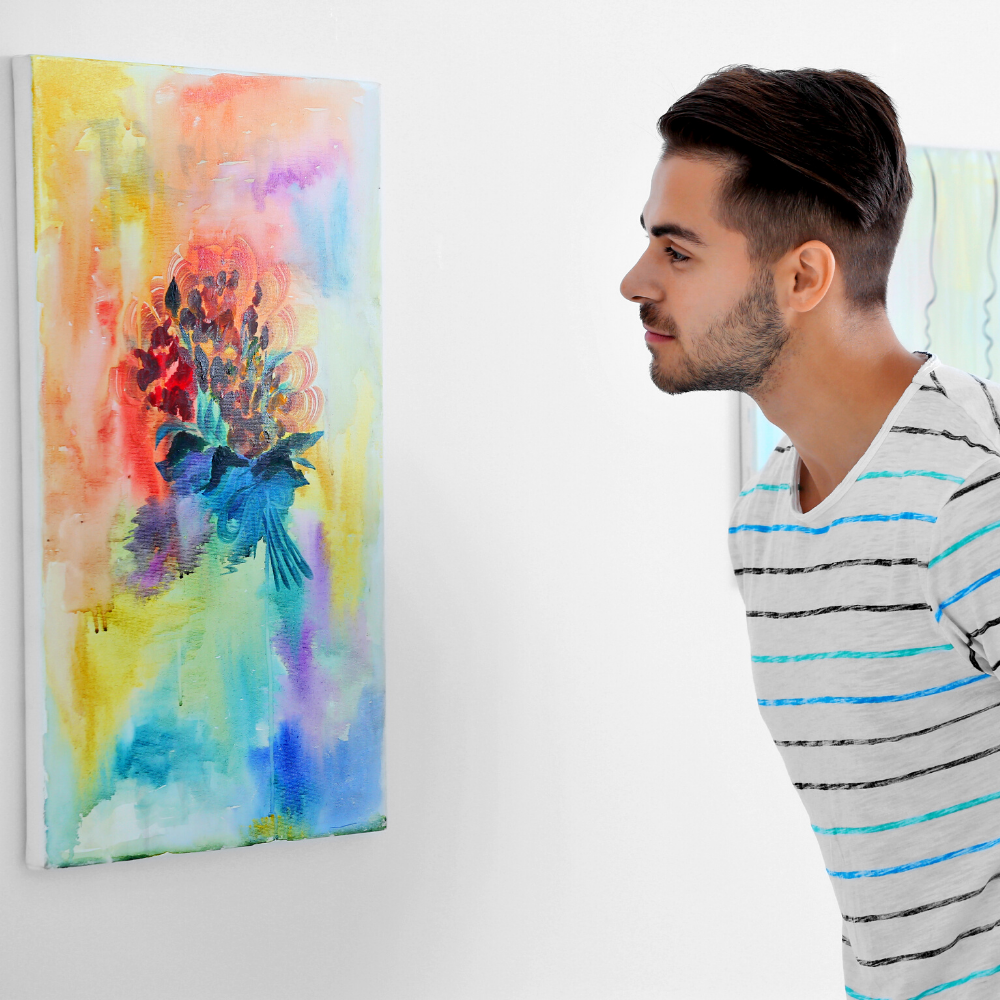

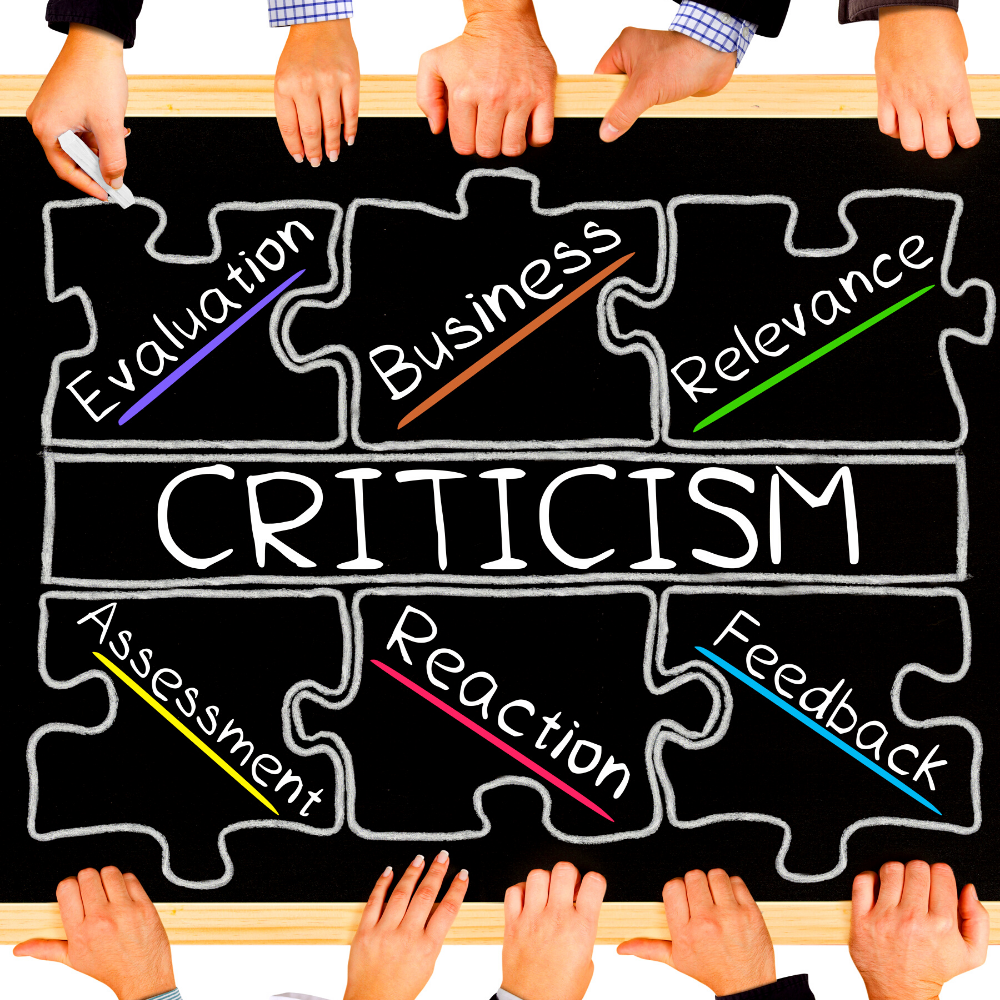
Break Down Barriers: Criticism & Social Change
Art is a powerful tool for social change, and art criticism plays an integral role in shaping these artistic movements.
Critics have the power to bring attention to important social issues through their critiques, raising awareness and influencing attitudes.
Art critiques can bring attention to important societal issues, challenge the status quo, and even spark change.
Modern art movements like Dadaism and Surrealism were born out of a desire to challenge societal norms, and art critics played a crucial role in promoting these radical ideas.
Previous decades have seen the rise of feminist art and the Black Arts Movement, both of which were heavily influenced by criticism.
Their critiques not only shed light on important issues but also inspired artists to create meaningful works that reflect their beliefs and values.
Today, the art world continues to be a platform for social change.
Artists are using their work to bring attention to issues like climate change, racial inequality, and mental health awareness.
The early twentieth century saw the rise of art critics like Clement Greenberg and Harold Rosenberg, who sparked debates about abstract expressionism and modernism.
Similarly, contemporary art critics have the power to bring attention to relevant social issues through their critiques, shaping our perceptions and promoting meaningful change.
Feminist artists of the 1960s and 70s used art forms to challenge traditional gender roles and societal expectations.
Their works, often met with harsh criticism at the time, served as a catalyst for change and helped pave the way for greater representation and equality in the art world.
Similarly, LGBTQ+ artists have used art as a form of activism, shedding light on important issues and promoting social acceptance and understanding.
Contemporary criticism has also evolved to include diverse perspectives and narratives, providing a platform for underrepresented voices in the art world.
Through their critiques, art critics continue to challenge societal norms, promote inclusivity, and drive social change.
Whether through exhibition reviews or your own words, criticism has played a crucial role in elevating these voices and movements, bringing attention to important social issues and paving the way for a more inclusive art world.



Embracing Art Criticism: A Path Towards Growth
While criticism is an essential part of the art world, it can also be a sensitive topic for many artists.
As an artist, it's natural to feel vulnerable when receiving criticism; after all, your creations are a reflection of yourself.
Receiving negative feedback on your work can be difficult to hear and may even discourage some from pursuing their artistic passions.
However, it's important to keep in mind that art criticism, when approached constructively, can be a powerful tool for growth and development.
Understanding how to navigate and embrace critiques is essential for any artist looking to expand their creative horizons.
Here are some tips for embracing art criticism:
- Keep an open mind: Be open to hearing different perspectives on your work, even if it may be difficult to hear at first. Criticism can offer valuable insights and help you see your art in a new light.
- Focus on the feedback: Try not to take criticism personally; instead, focus on the specific feedback being given. This will help you understand how to improve your work.
- Ask questions: If you're unsure about what the critic means, don't be afraid to ask for clarification. This will help you better understand their perspective and how to apply it to your work.
- Use criticism as a tool: Rather than seeing it as an attack or a setback, view criticism as a valuable tool for growth and development. Embrace it as an opportunity to refine your skills and push the boundaries of your creativity.
- Remember to stay true to yourself: While it's important to listen to and consider criticism, ultimately, your art is a reflection of who you are. Stay true to your vision and artistic style, while also being open to new ideas and perspectives.
In the end, embracing art criticism is an essential part of any artist's journey.
Not only does it help us refine our skills and push the boundaries of creativity, but it also plays a crucial role in shaping our culture and society.



Accepting Criticism: A Brush with Humility
Criticism can be a tough pill to swallow; our creations are often extensions of ourselves, and hearing criticism about them can feel personal.
But learning to accept criticism is crucial for growth and development as an artist.
Mental Preparation: The Calm Before the Storm
Before you unveil your work to the world, mentally prepare yourself for all possible reactions. Remember, every piece of art, even masterpieces, invite criticism.
Understand that criticism reflects the viewer's perspective and not necessarily the quality of your work.
Active Listening: The Artistic Ear
When you receive criticism, listen actively.
Resist the urge to defend your work immediately.
Instead, try to understand the critic's point of view.
What aspects of your work are they focusing on?
What suggestions are they offering?
Emotional Separation: The Heart vs. The Mind
It's natural to feel emotionally attached to your work, but try to separate these emotions when receiving criticism.
Look at your work through the critic's lens.
This detachment can help you better understand the feedback and use it to improve your work.
The Symphony of Perspectives: Seeking Diverse Feedback
Art is a universal language, and everyone interprets it differently.
Therefore, seeking feedback from diverse groups—artists, critics, and audiences—can provide you with a wide range of perspectives.
This symphony of views can help you identify patterns in feedback, discover blind spots, and enhance your work in unforeseen ways.
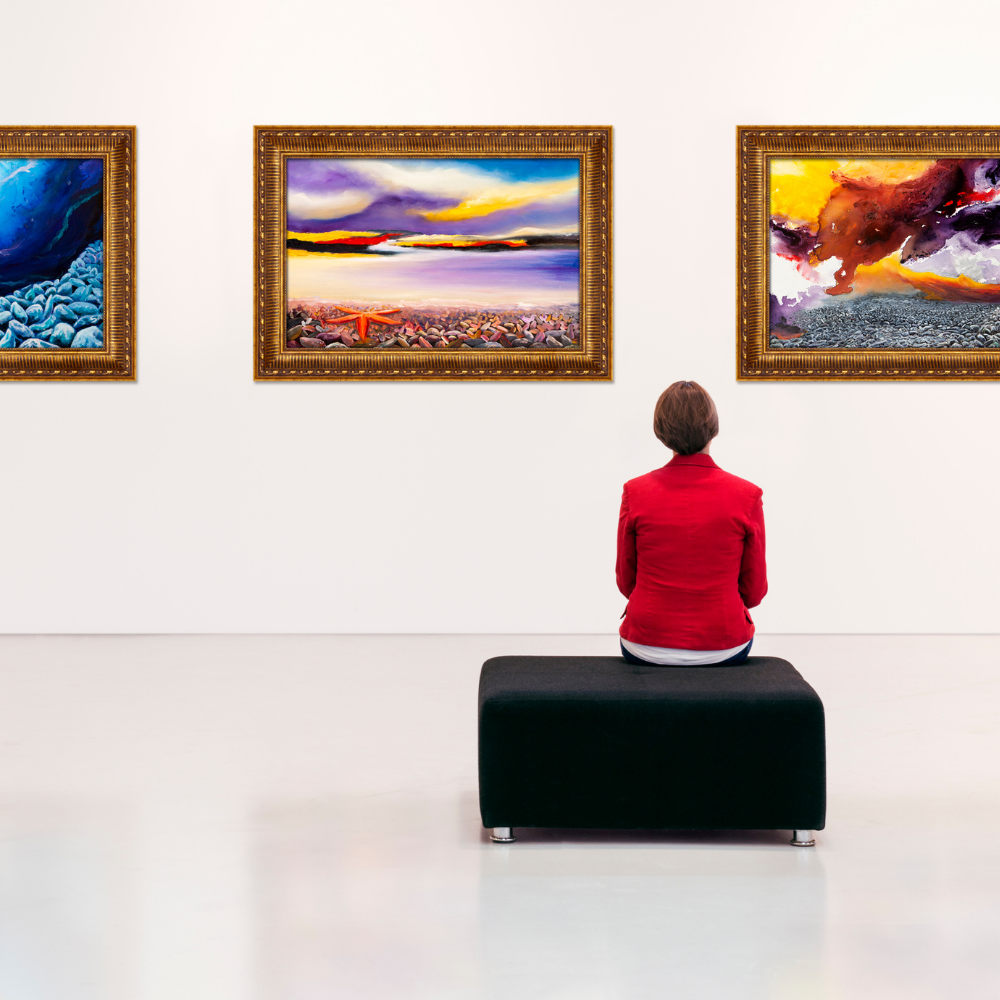
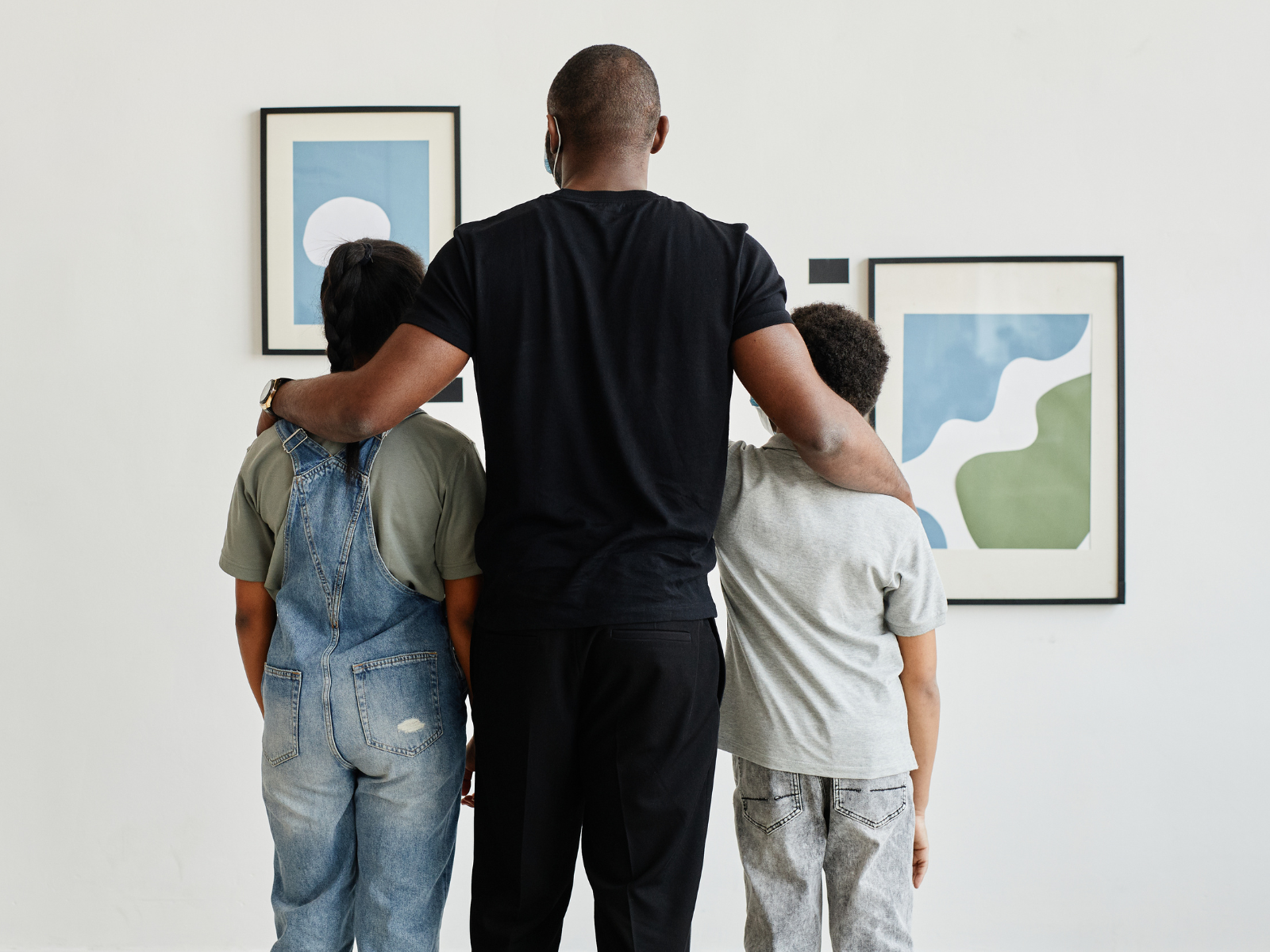

Practical Exercises: Flex Your Criticism Muscles
To build your resilience towards criticism, practice makes perfect!
Here are some exercises to help:
- Art Critique Sessions: Participate in group critique sessions. This will expose you to different critique styles and help you understand how others perceive your work.
- Peer Review: Exchange artworks with fellow artists for review. This can help you gain insight and learn to give constructive criticism as well.
- Self-Critique: Regularly critique your own work. Develop a habit of assessing your work objectively, identifying areas of improvement.



Resources for Navigating the Seas of Criticism
Navigating the world of art criticism can be daunting, but luckily, there are many resources available to help artists learn and grow.
From online forums and workshops to books and podcasts, there are so many valuable resources for navigating the seas of criticism.
Here are just a few to get you started:
- Online Critique Forums: Join online groups or forums dedicated to art critiques. These can be great places to receive feedback from fellow artists and art critics.
- Workshops and Classes: Many art schools, community colleges, and local organizations offer workshops and classes on art criticism. These can provide valuable insights and hands-on experience.
- Books: There are many books dedicated to the art of criticism and constructive feedback.
- Podcasts: Podcasts offer insightful conversations on art criticism and current trends in the art world.
Remember, art criticism is not a one-way street; it requires active participation from both the critic and the artist.
As an artist, learning to embrace and navigate criticism can help you grow as a creator, refine your skills, and make a positive impact on society.
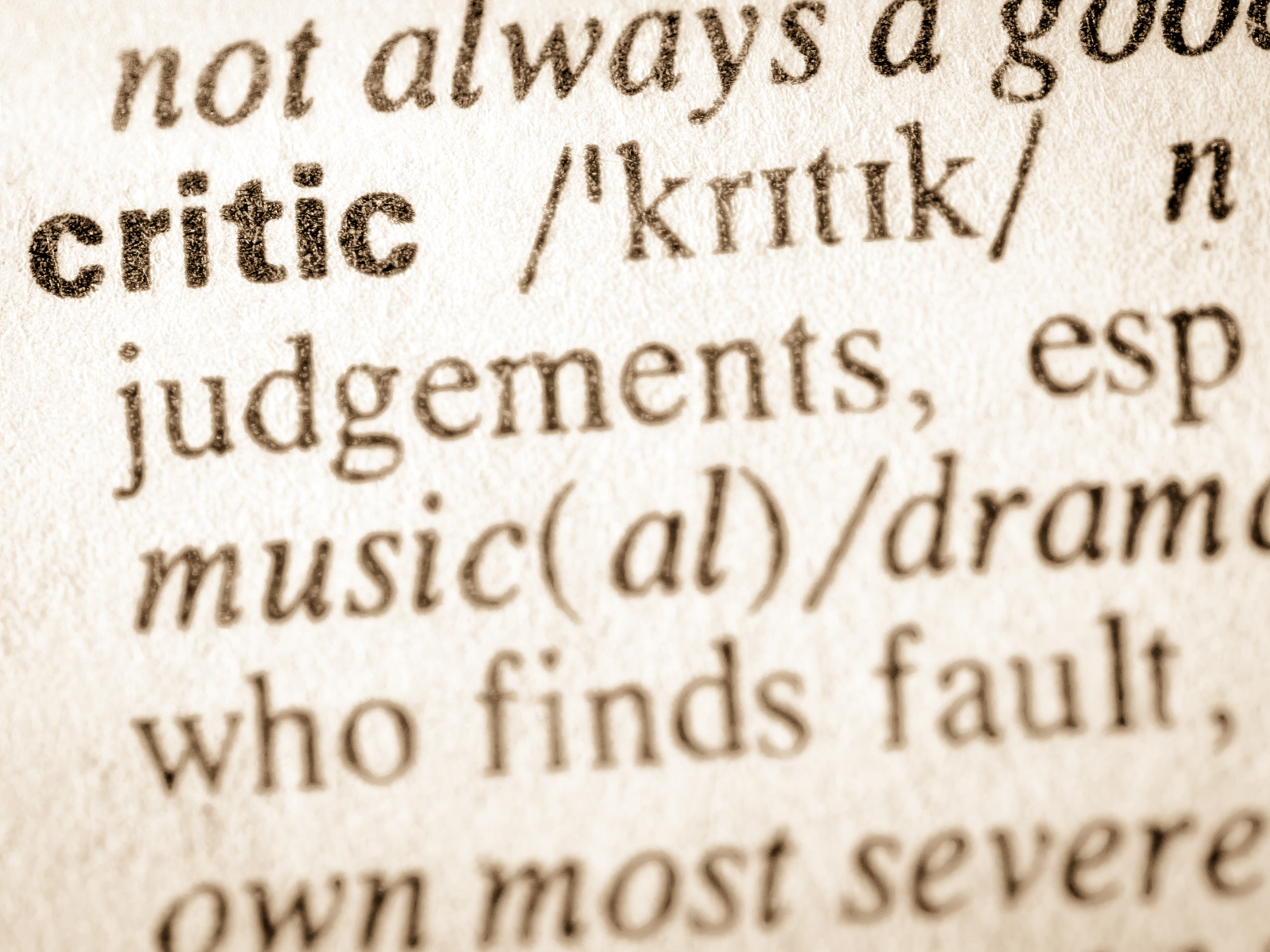


Art Criticism: Influence for Growth and Change
Art criticism is much more than opinions thrown around in fancy jargon.
It's a vital part of the art world that deepens our understanding, appreciation, and interpretation of art; criticism is a vital part of the artistic journey.
The next time you stand before a piece of art, remember: it's not just about whether you like it or not, but why you feel that way.
That's the real beauty of art criticism!
By embracing it with an open mind, you can receive valuable feedback, be inspired to create new ideas, stay motivated to improve your skills, and even find new opportunities.
Remember that art is subjective, so be respectful of others' opinions while also being true to yourself.
Plus, criticism can help you refine and elevate your art to the next level, so seek out those critiques and don't be afraid to push yourself out of your comfort zone.
Whether you're an artist seeking to improve, a critic looking to shape cultural perceptions, or an art-lover striving for a more sophisticated appreciation, art criticism is an essential tool in the world of creativity and growth.
Embracing it with grace and resilience can open doors to artistic growth and refinement.
So, ready your palette, steady your brush, and let's paint a masterpiece together!
Let's put on our critic's hat and dive deeper into the fascinating world of art!
Happy creating!

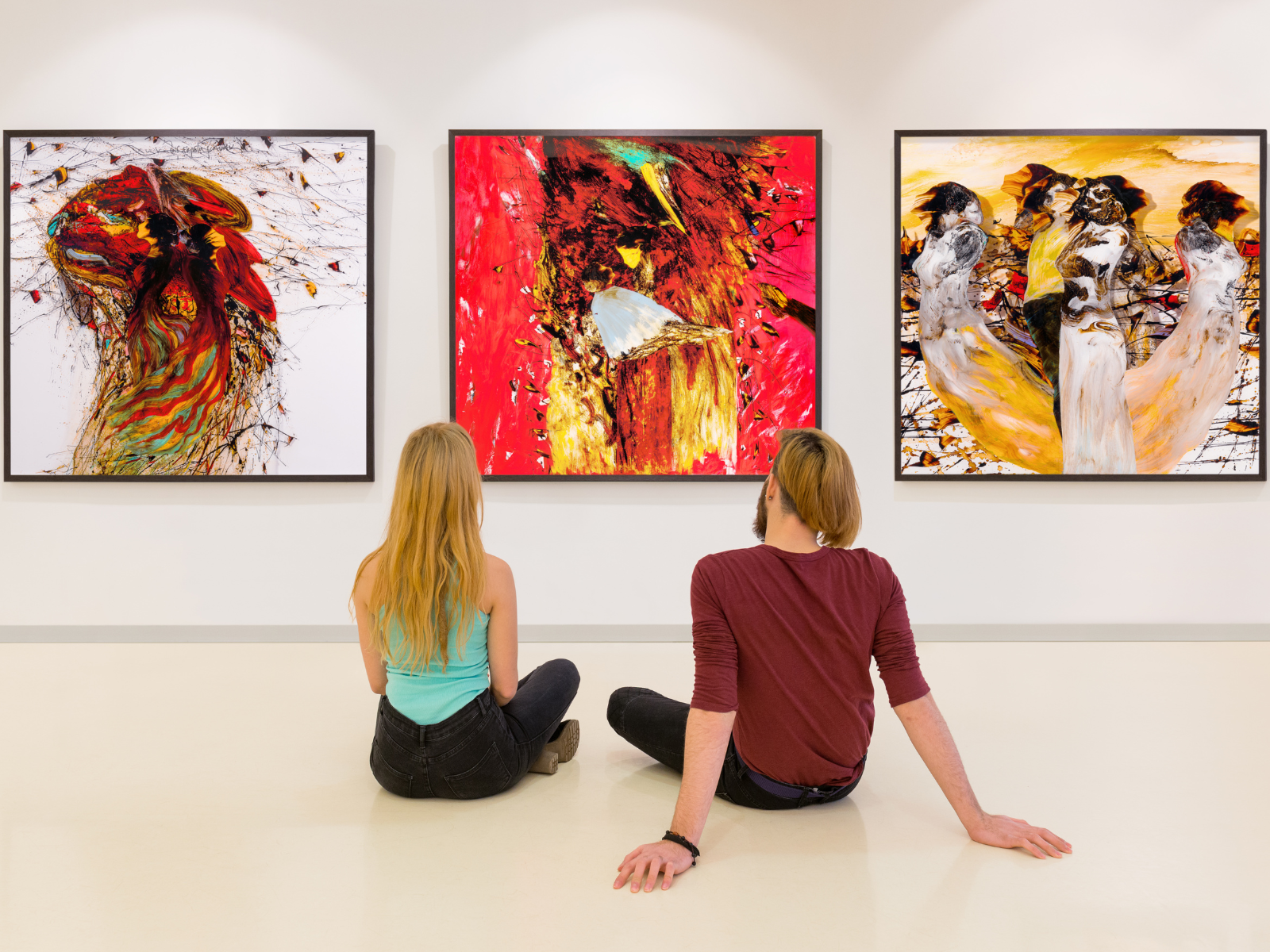

Ready to learn more about the process of art criticism? Check out Andrea Harbaugh's video!
Want even more content about creativity and art?
Be sure to check out all of our creative chronicles!
Ready to explore your creativity?
Check out some of our other articles:
-What are the four major areas of art criticism?
-Unleashing creative potential
-Nourishing your creative soul










